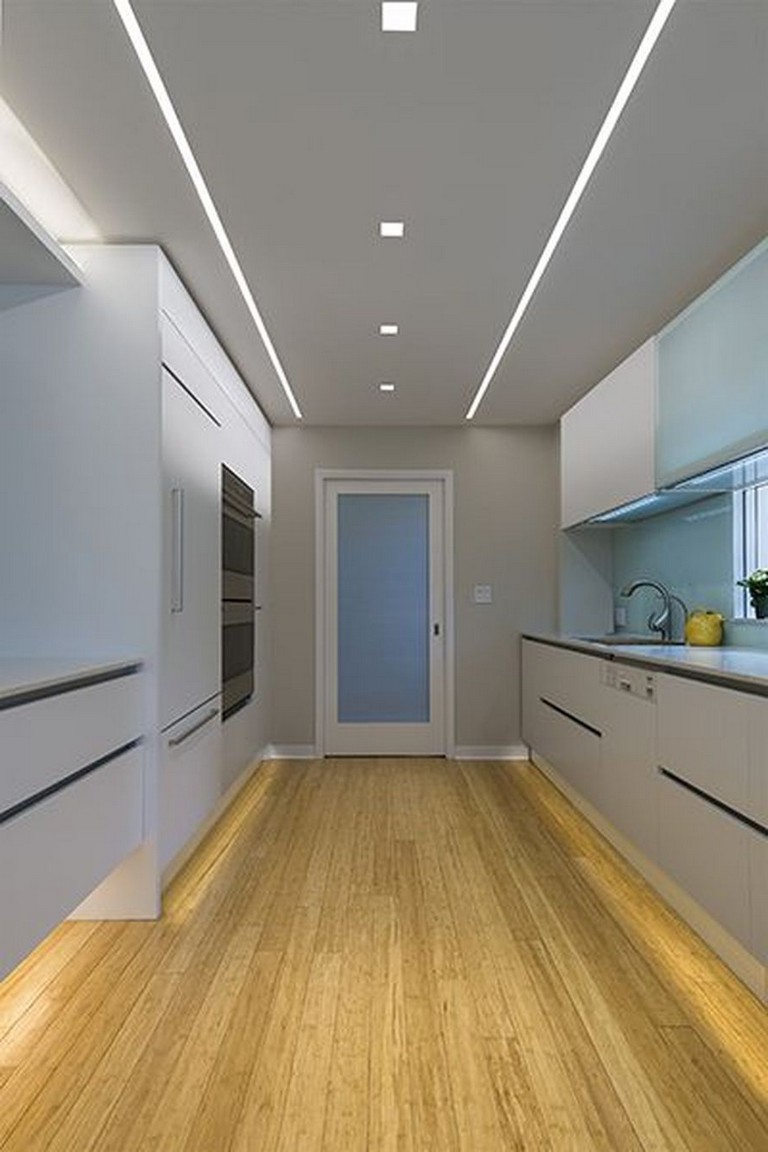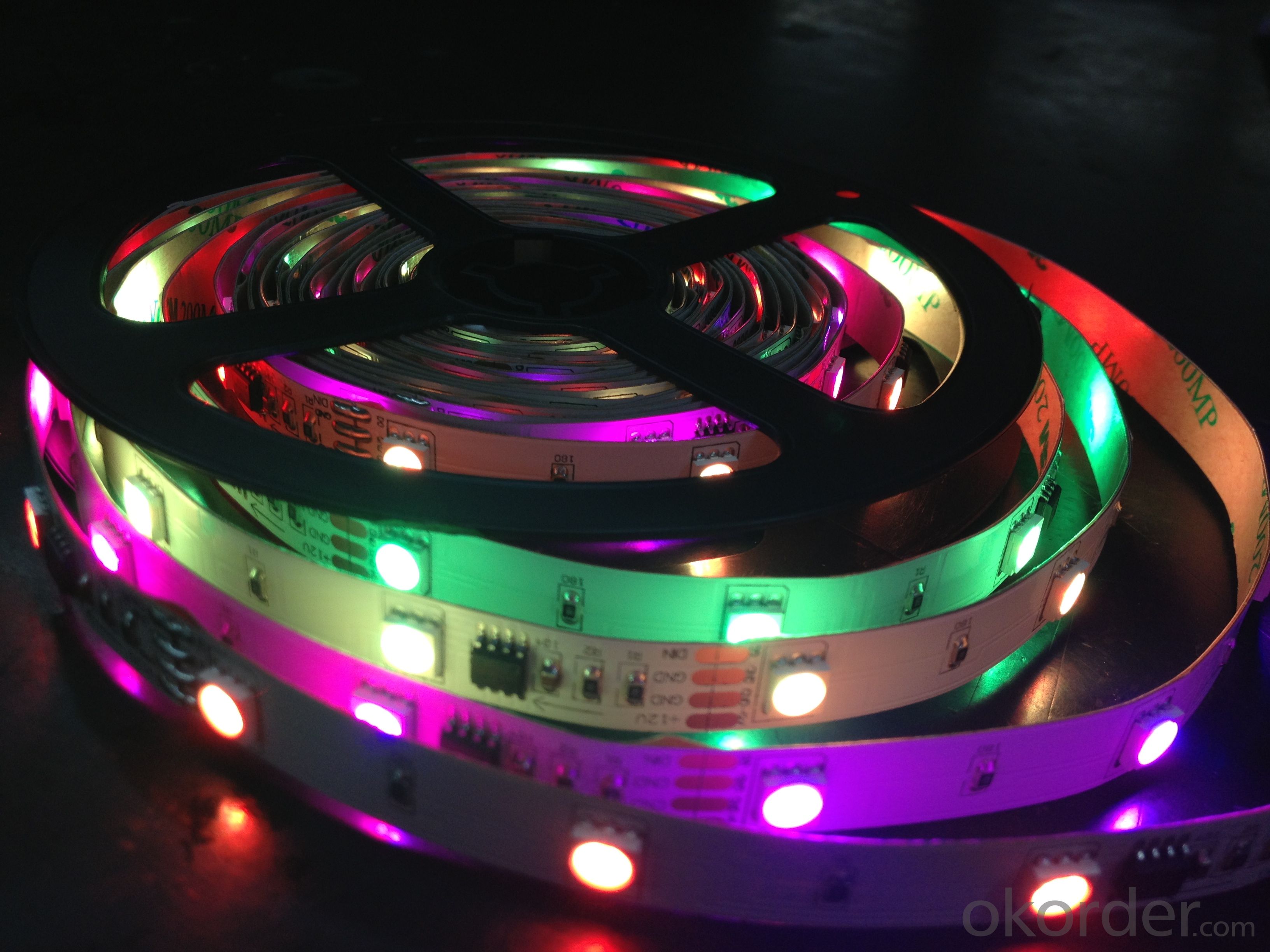Under cabinet lighting is a popular choice for lighting up a dark kitchen. This type of lighting is installed underneath the cabinets, providing a soft glow to illuminate countertops and work areas. It not only adds to the overall ambiance of the kitchen, but also serves as a functional light source for tasks such as cooking and food preparation. One of the benefits of under cabinet lighting is that it can be easily installed without the need for major renovations. There are various options available, including LED strips, puck lights, and tape lights, that can be easily installed with adhesive or mounting clips. These lights can also be connected to a dimmer switch, giving you control over the brightness and creating a customizable lighting experience. When choosing under cabinet lighting, look for options that are energy efficient and have a long lifespan. LED lights are a popular choice as they use less energy and last longer than traditional incandescent bulbs. They also come in a variety of colors, allowing you to choose the perfect hue for your kitchen.Under Cabinet Lighting
Recessed lighting, also known as can lights or downlights, is a great option for lighting up a dark kitchen. These lights are installed into the ceiling and provide a clean and modern look. They are also versatile, as they can be used as general lighting for the entire kitchen or as task lighting for specific areas. One of the benefits of recessed lighting is that it can be angled to highlight certain features or areas of the kitchen. For example, if you have a beautiful backsplash, you can angle the lights to showcase it. Additionally, recessed lighting can be connected to a dimmer switch, giving you control over the brightness and creating a customizable lighting experience. When choosing recessed lighting, make sure to consider the size and spacing of the lights. Larger kitchens may require more lights to adequately illuminate the space, while smaller kitchens may only need a few. It is also important to choose the right type of light bulb, such as LED or halogen, to ensure energy efficiency and the desired level of brightness.Recessed Lighting
Track lighting is a great option for lighting up a dark kitchen as it provides flexibility and versatility. This type of lighting consists of a track that holds multiple lights that can be adjusted and positioned to highlight specific areas or features in the kitchen. One of the benefits of track lighting is that it can be easily installed and adjusted to fit your specific lighting needs. It can also be connected to a dimmer switch, giving you control over the brightness and creating a customizable lighting experience. Additionally, track lighting can be used as both general lighting and task lighting, making it a versatile option for any kitchen. When choosing track lighting, consider the length and layout of your kitchen to determine the appropriate track size and number of lights needed. You can also choose from a variety of styles and finishes to match the aesthetic of your kitchen.Track Lighting
Pendant lighting is a popular choice for lighting up a dark kitchen as it adds a touch of elegance and style to the space. These lights hang from the ceiling and come in a variety of shapes, sizes, and styles, making them a versatile option for any kitchen. One of the benefits of pendant lighting is that it can be used to create a focal point in the kitchen. You can choose a bold and eye-catching pendant light to make a statement or opt for a more subtle design to complement the overall aesthetic of the kitchen. Pendant lights can also be connected to a dimmer switch, giving you control over the brightness and creating a customizable lighting experience. When choosing pendant lighting, consider the height and size of your kitchen to determine the appropriate size and number of lights needed. You can also mix and match different styles and sizes to create a unique and personalized look.Pendant Lighting
Chandelier lighting is a classic and elegant option for lighting up a dark kitchen. These lights hang from the ceiling and feature multiple arms or branches that hold light bulbs. They come in a variety of styles, from traditional to modern, and can add a touch of sophistication to any kitchen. One of the benefits of chandelier lighting is that it can be used as a statement piece in the kitchen. You can choose a chandelier with a unique design or finish to add a touch of personality to the space. Chandeliers can also be connected to a dimmer switch, giving you control over the brightness and creating a customizable lighting experience. When choosing a chandelier, consider the size and height of your kitchen to ensure the light fits proportionally. You can also choose from different types of chandeliers, such as crystal, metal, or wood, to match the style of your kitchen.Chandelier Lighting
LED strip lights are a popular choice for lighting up a dark kitchen as they provide a practical and energy-efficient solution. These lights consist of a long strip with LED lights embedded in them, making them easy to install and flexible to fit any space. One of the benefits of LED strip lights is that they can be used for both functional and decorative purposes. They can be installed under cabinets, along countertops, or around kitchen islands to provide task lighting and add a touch of ambiance. LED strip lights are also energy-efficient and have a long lifespan, making them a cost-effective choice for lighting up a dark kitchen. When choosing LED strip lights, consider the color temperature and brightness to determine the best option for your kitchen. You can also choose between adhesive or mounting clips for installation, depending on your preferences.LED Strip Lights
Task lighting is an essential part of lighting up a dark kitchen, as it provides focused light for specific tasks, such as cooking, food preparation, and reading recipes. This type of lighting can be added in the form of under cabinet lights, pendant lights, or recessed lights, depending on the specific needs and layout of your kitchen. One of the benefits of task lighting is that it provides functional light for everyday activities in the kitchen. It can also be easily controlled with a dimmer switch, allowing you to adjust the brightness to your liking. Additionally, task lighting can add to the overall ambiance of the kitchen and enhance the design and functionality of the space. When choosing task lighting, consider the areas in your kitchen where you need the most light and choose the appropriate type of lighting for those spaces. You can also mix and match different types of task lighting to create a layered and well-lit kitchen.Task Lighting
Dimmer switches are a great addition to any kitchen as they allow you to control the brightness and create a customizable lighting experience. These switches can be used with various types of lighting, such as recessed lights, pendant lights, and under cabinet lights, and can help save energy and extend the lifespan of your light bulbs. One of the benefits of dimmer switches is that they allow you to adjust the lighting according to your needs and preferences. You can dim the lights for a romantic dinner or increase the brightness for tasks that require more light. Additionally, dimmer switches can help reduce energy consumption and lower your electricity bill. When choosing dimmer switches, make sure to choose one that is compatible with the type of lighting you have in your kitchen. You can also opt for a smart dimmer switch that can be controlled through a smartphone app or virtual assistant.Dimmer Switches
One of the most effective and eco-friendly ways to light up a dark kitchen is by using natural light sources. If your kitchen has windows, make sure to utilize them by keeping them free of obstructions and using sheer curtains or blinds that allow natural light to filter in. Natural light not only brightens up the space but also creates a warm and inviting atmosphere in the kitchen. It can also help save on energy costs by reducing the need for artificial lighting during the day. Additionally, natural light has been proven to have positive effects on mood and mental well-being, making it a beneficial addition to any kitchen. If your kitchen doesn't have windows, consider installing a skylight or adding a sun tunnel to bring in natural light. You can also use light-reflecting surfaces, such as mirrors or glossy tiles, to help bounce natural light around the kitchen.Natural Light Sources
Light reflecting surfaces are a great way to brighten up a dark kitchen and make the most out of the available light sources. These surfaces, such as mirrors, glass, and glossy tiles, help reflect light and make the space feel brighter and more open. One of the benefits of using light-reflecting surfaces is that they can be used in any space, regardless of the size or layout of the kitchen. They can also be incorporated into the design and aesthetic of the kitchen, making them both functional and visually appealing. Additionally, light-reflecting surfaces can help enhance the natural light in the kitchen and reduce the need for artificial lighting. When choosing light-reflecting surfaces, consider the overall design and style of your kitchen to ensure they complement the space. You can also strategically place these surfaces in areas that receive the most natural light, such as near windows or under pendant lights.Light Reflecting Surfaces
Creating a Welcoming Atmosphere with Proper Lighting in Your Kitchen

Enhancing Functionality and Aesthetics
 Apart from being a place for cooking and preparing meals, the kitchen is often the heart of a home. It is where families gather and memories are made. However, a dark and poorly lit kitchen can dampen the mood and make it uninviting. That's why proper lighting is essential in creating a warm and welcoming atmosphere in your kitchen.
Lighting up a dark kitchen not only enhances its functionality but also adds to its overall aesthetics.
Proper lighting can improve visibility, making it easier to cook and work in the kitchen. It can also highlight the beauty of your kitchen's design and decor. With the right lighting, you can create a cozy and inviting ambiance that will make your kitchen a place where everyone wants to spend time in.
Apart from being a place for cooking and preparing meals, the kitchen is often the heart of a home. It is where families gather and memories are made. However, a dark and poorly lit kitchen can dampen the mood and make it uninviting. That's why proper lighting is essential in creating a warm and welcoming atmosphere in your kitchen.
Lighting up a dark kitchen not only enhances its functionality but also adds to its overall aesthetics.
Proper lighting can improve visibility, making it easier to cook and work in the kitchen. It can also highlight the beauty of your kitchen's design and decor. With the right lighting, you can create a cozy and inviting ambiance that will make your kitchen a place where everyone wants to spend time in.
Types of Lighting to Consider
 When it comes to lighting up your kitchen, there are three main types to consider: ambient, task, and accent lighting. Ambient lighting, also known as general lighting, provides overall illumination to the space. It can be achieved through ceiling lights, chandeliers, or pendant lights. Task lighting, on the other hand, focuses on a specific area and is essential for performing tasks such as chopping, cooking, and washing up. This can be achieved through under cabinet lights, recessed lights, or track lighting. Lastly, accent lighting adds depth and dimension to your kitchen by highlighting specific features or decor. This can be achieved through spotlights, wall sconces, or decorative lamps.
Combining these different types of lighting can create a layered and well-balanced effect in your kitchen.
It is important to consider the placement and intensity of each light to achieve the desired effect. For example, ambient lighting should be bright enough to provide sufficient light for the whole room but not too overpowering. Task lighting, on the other hand, should be brighter and focused on the areas where you need it the most. Accent lighting should be softer and used to highlight specific features or add a cozy ambiance.
When it comes to lighting up your kitchen, there are three main types to consider: ambient, task, and accent lighting. Ambient lighting, also known as general lighting, provides overall illumination to the space. It can be achieved through ceiling lights, chandeliers, or pendant lights. Task lighting, on the other hand, focuses on a specific area and is essential for performing tasks such as chopping, cooking, and washing up. This can be achieved through under cabinet lights, recessed lights, or track lighting. Lastly, accent lighting adds depth and dimension to your kitchen by highlighting specific features or decor. This can be achieved through spotlights, wall sconces, or decorative lamps.
Combining these different types of lighting can create a layered and well-balanced effect in your kitchen.
It is important to consider the placement and intensity of each light to achieve the desired effect. For example, ambient lighting should be bright enough to provide sufficient light for the whole room but not too overpowering. Task lighting, on the other hand, should be brighter and focused on the areas where you need it the most. Accent lighting should be softer and used to highlight specific features or add a cozy ambiance.
Choosing the Right Bulbs
 Aside from the type of lighting, choosing the right bulbs is also crucial in lighting up a dark kitchen.
Opt for LED or CFL bulbs as they are energy-efficient and last longer compared to traditional incandescent bulbs.
They also come in a variety of color temperatures, from warm to cool, allowing you to customize the ambiance of your kitchen. For ambient and task lighting, opt for bulbs with a higher color temperature, while for accent lighting, choose bulbs with a lower color temperature to create a more relaxed and cozy atmosphere.
Aside from the type of lighting, choosing the right bulbs is also crucial in lighting up a dark kitchen.
Opt for LED or CFL bulbs as they are energy-efficient and last longer compared to traditional incandescent bulbs.
They also come in a variety of color temperatures, from warm to cool, allowing you to customize the ambiance of your kitchen. For ambient and task lighting, opt for bulbs with a higher color temperature, while for accent lighting, choose bulbs with a lower color temperature to create a more relaxed and cozy atmosphere.
Conclusion
 In conclusion, proper lighting is essential in creating a warm and inviting atmosphere in your kitchen. It not only enhances functionality but also adds to the overall aesthetics of the space. By considering the types of lighting, placement, and bulb choices, you can effectively light up a dark kitchen and transform it into a welcoming and functional space for you and your family to enjoy. So don't underestimate the power of lighting in your kitchen design and make sure to give it the attention it deserves.
In conclusion, proper lighting is essential in creating a warm and inviting atmosphere in your kitchen. It not only enhances functionality but also adds to the overall aesthetics of the space. By considering the types of lighting, placement, and bulb choices, you can effectively light up a dark kitchen and transform it into a welcoming and functional space for you and your family to enjoy. So don't underestimate the power of lighting in your kitchen design and make sure to give it the attention it deserves.
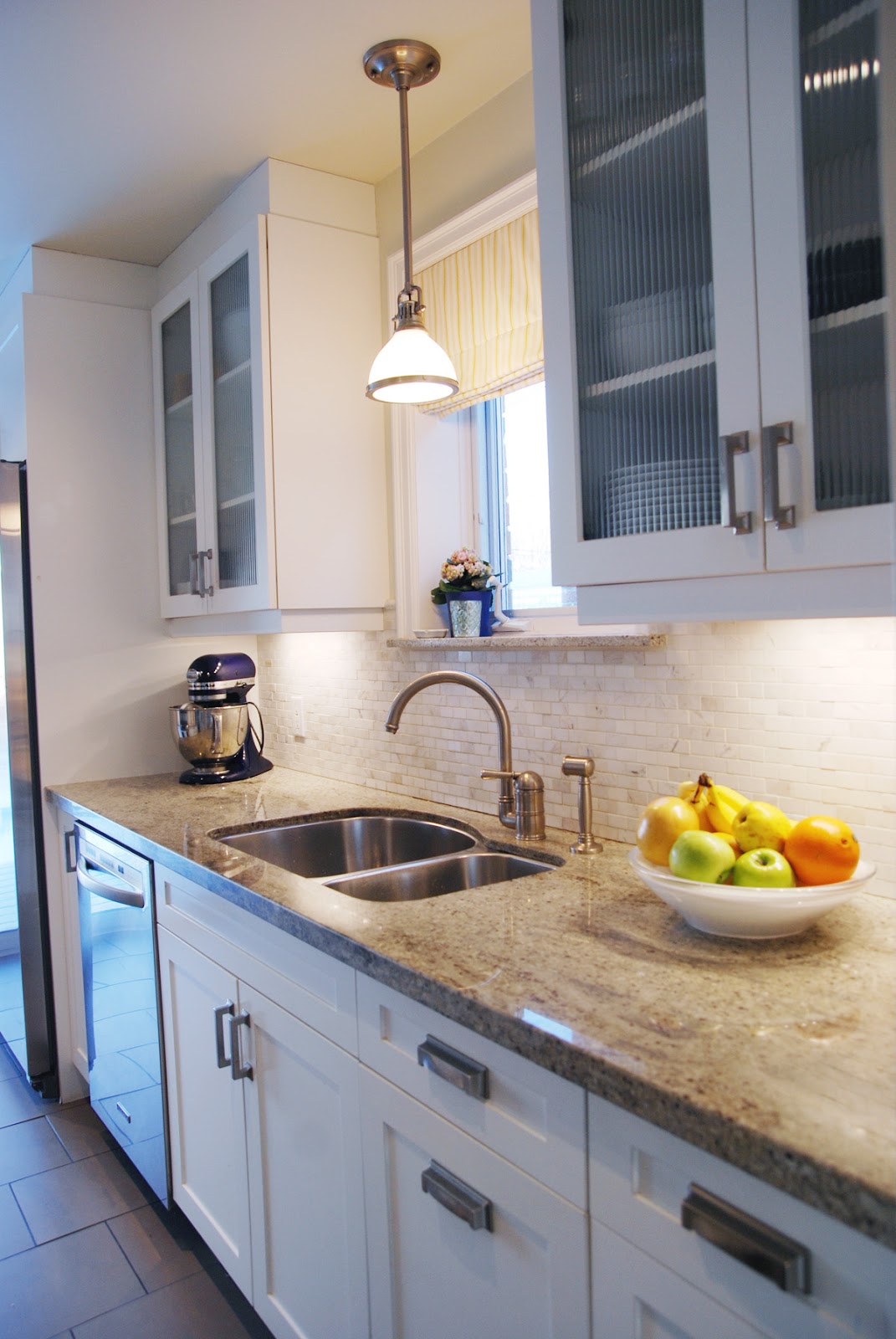






/108273212a-56a5a6955f9b58b7d0ddd3d6.jpg)
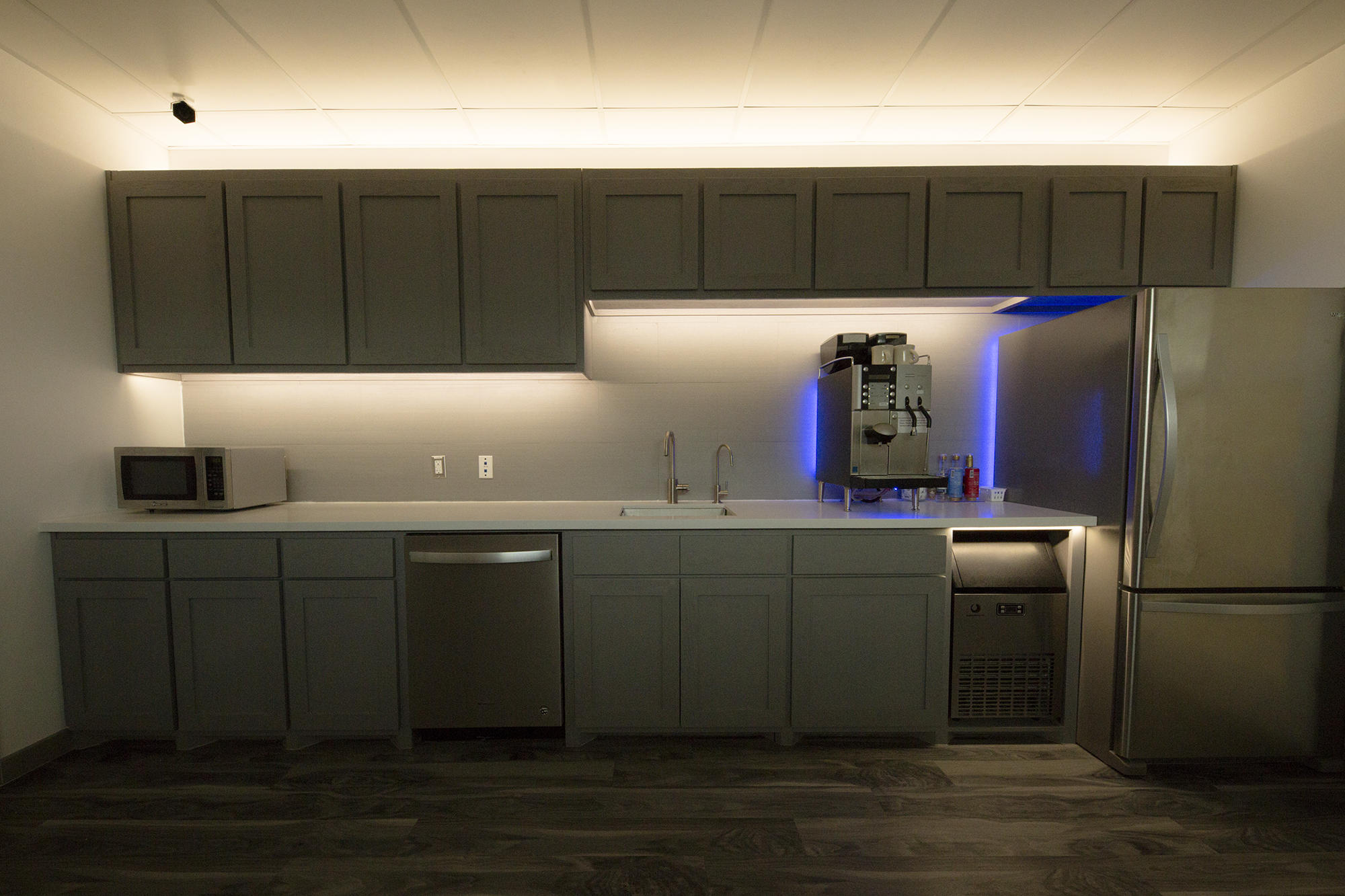







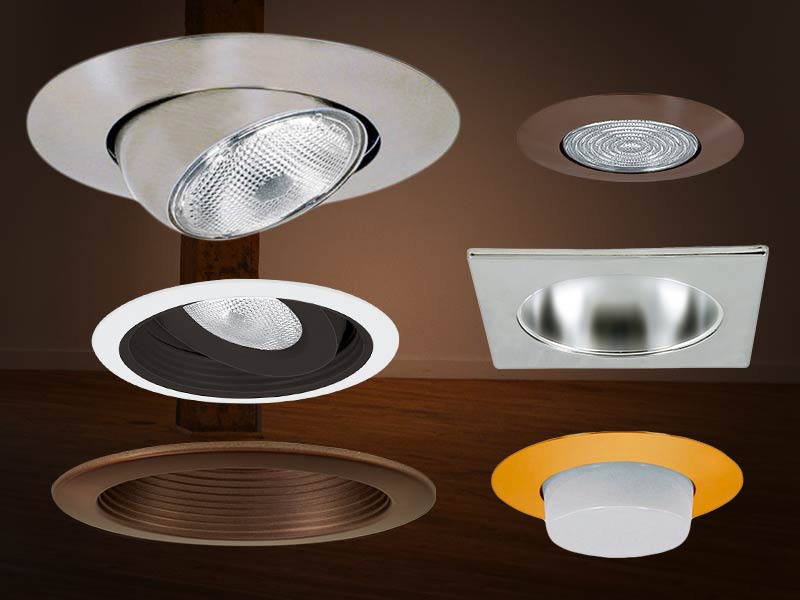




















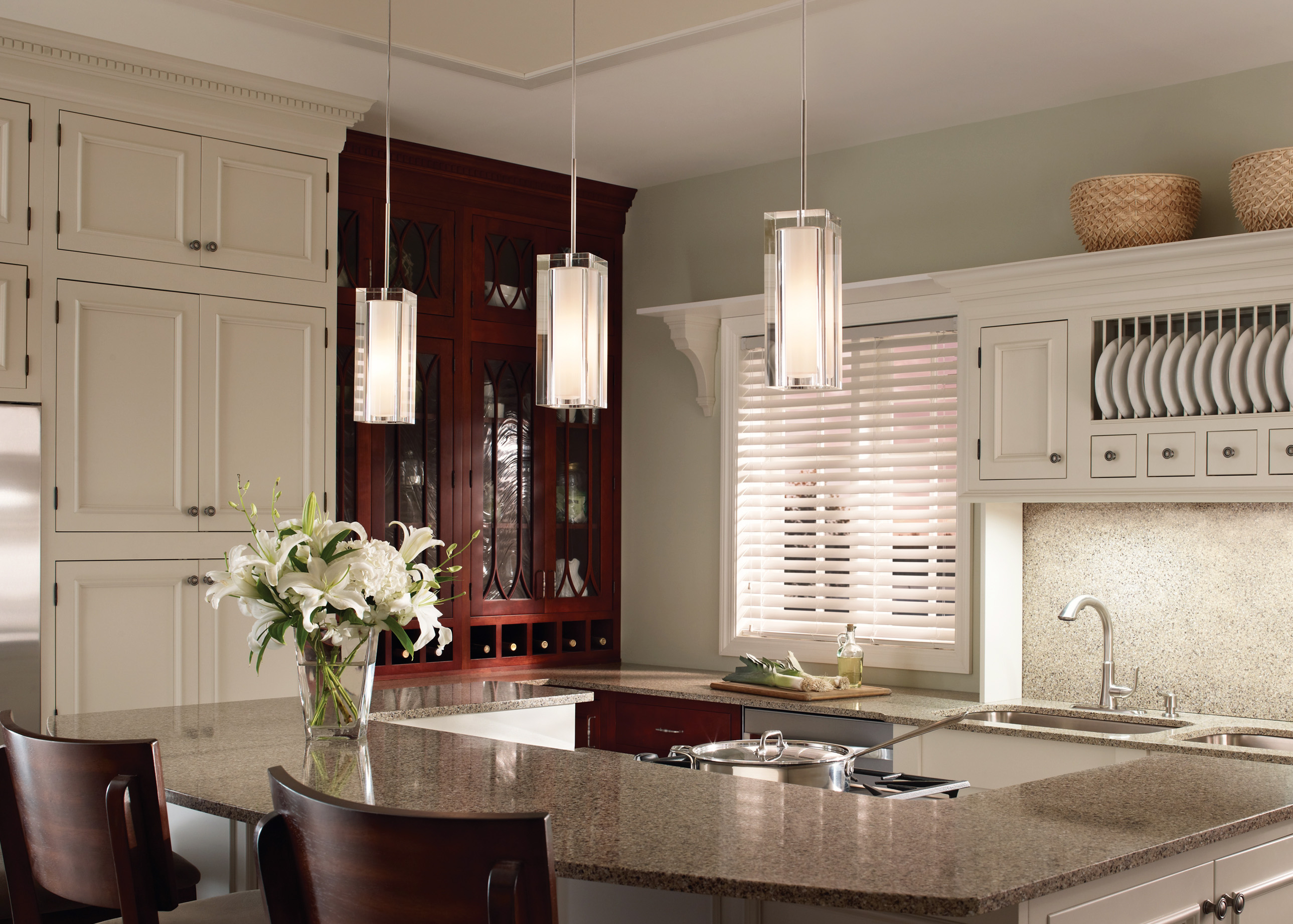
:max_bytes(150000):strip_icc()/PureSaltHIGHREZ-66-44bc07f6f1724683b92e6a5580aa9dba.jpg)














